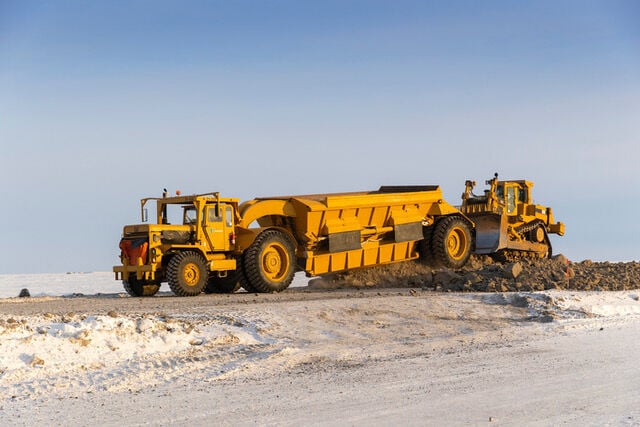

With first oil from Pikka pegged for late 2023 as recently as early 2020 and peak production once seen at rates near 120,000 barrels per day, Oil Search representatives said earlier this month the midsized firm - historically a gas producer in the South Pacific - is investigating every avenue it can to secure funding and move Pikka forward. Oil Search Alaska executives have openly acknowledged the struggles they have had in securing funding for the $3 billion first phase of the already scaled-back Pikka project. They contend the Willow Master Development Plan contains multiple significant legal violations that might necessitate a wholly new, and likely multi-year, EIS process for the project before construction could start.įirst oil at Willow had been expected during the 2025-26 winter with peak production reaching upwards of 160,000 barrels per day, according to ConocoPhillips’ estimates.Īt Oil Search Alaska’s Pikka project on state land, the issue is money.

Specific flaws identified in environmental reviews are often remedied through a supplemental EIS that focuses its study on the given issues and can take as little as several months to complete.Īttorneys for the groups that brought the Willow lawsuits say a resolution might not be that simple. Company officials continue to review Gleason’s ruling and are moving ahead with engineering and design of Willow’s facilities in anticipation of a final investment decision, they have said.īLM and the company have until Oct. The August order has made the question, “What’s next?” unanswerable, at least publicly, for ConocoPhillips Alaska leaders. Mike Dunleavy and Alaska’s all-Republican congressional delegation previously lauded the Biden administration for backing the Willow EIS in court filings before Gleason issued her decision. Gleason ruled, largely based on the 9th Circuit injunction, that BLM and Fish and Wildlife Service officials under the Trump administration failed to adequately account for foreign carbon emissions stemming from Willow and did not provide sufficient specificity regarding how the development’s impacts to polar bears would be mitigated. The company then requested a summer resolution to the matter from Alaska District Court Judge Sharon Gleason so work could commence this winter, but Gleason issued a subsequent ruling in August invalidating the Bureau of Land Management’s environmental impact statement for Willow, the overarching environmental document that formed the basis for the agency’s approval of the development. In the span of less than a year, however, two multibillion-dollar oil projects planned for the coming years have gone from promising to highly uncertain.Įarly-stage construction at ConocoPhillips’ $6 billion-plus Willow project in the National Petroleum Reserve-Alaska was stopped before it started last winter when the federal 9th Circuit Court of Appeals granted a temporary injunction to environmental and North Slope Tribal groups that previously sued to stop Willow.ĬonocoPhillips was expecting to dig a quarry to source gravel for permanent roads and pads to access the remote oil prospect until the mid-February ruling.

(Judy Patrick / ConocoPhillips)įor several years now state officials and the leaders of Alaska’s oil industry have been touting a “North Slope renaissance” driven by large projects tapping newly discovered conventional Nanushuk oil plays across the western half of the region. Updated: SeptemPublished: September 22, 2021Īerial view of Tinmiaq 7, the first well drilled at ConocoPhillips' Willow prospect during the 2018 exploration season.


 0 kommentar(er)
0 kommentar(er)
